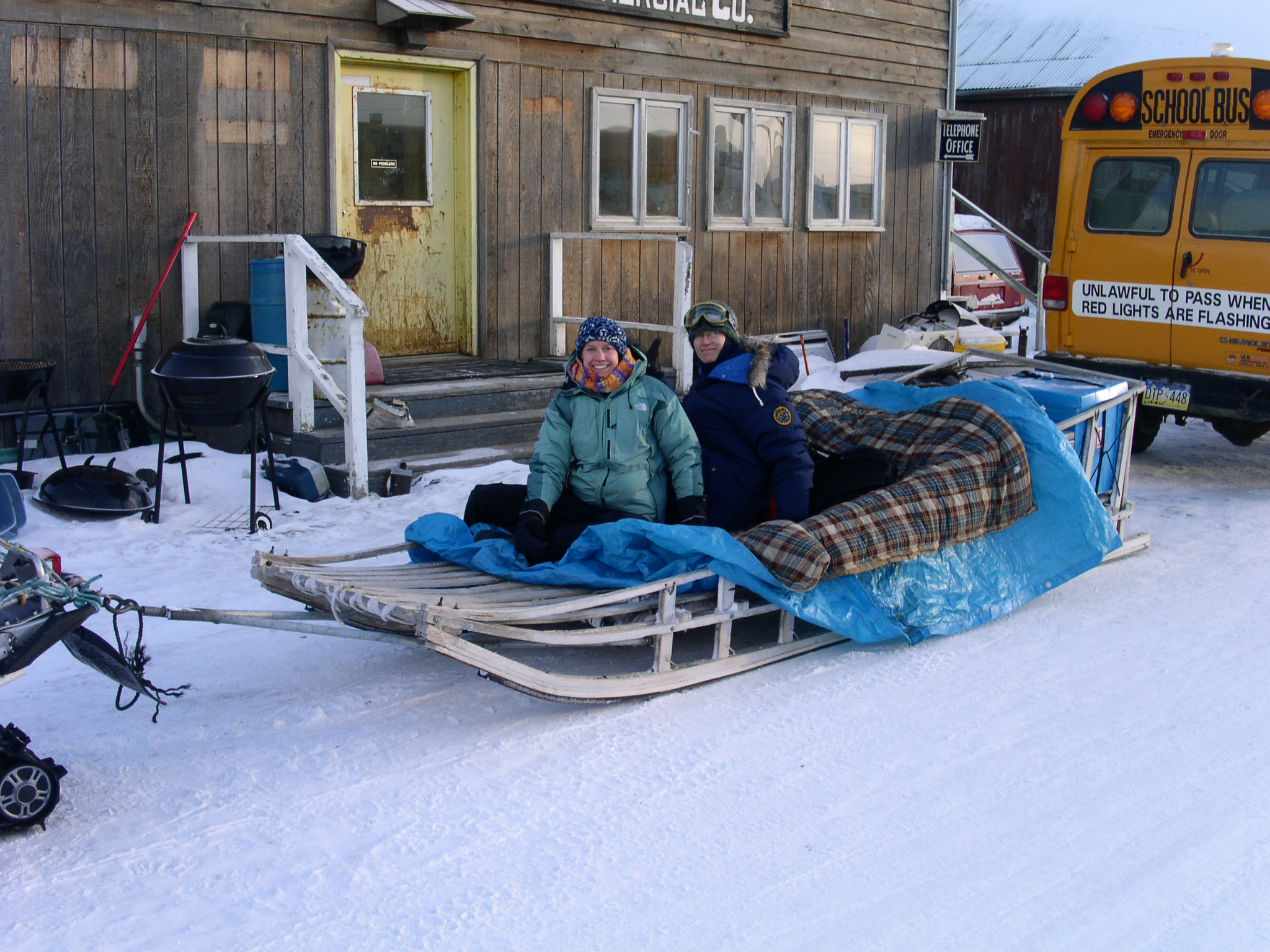Outbreak of new diseases in Arctic likened to ‘zombie apocalypse’
Some of the emerging diseases are linked to climate change.

(CDC)
As climate warms and other environmental changes occur, could the Arctic be the site of a zombie apocalypse?
One could already be underway, a Centers for Disease Control public health physician said in a presentation to the Alaska World Affairs Council last week.
Mike Bruce, epidemiology team leader with the CDC’s Anchorage-based Arctic Investigations Program, used the “zombie apocalypse” as an attention-grabber in the title for his World Affairs Council talk. But the tongue-in-cheek phrasing carried a serious message.
Right now, Bruce said, Alaska and Arctic communities are coping with the spread of a dangerous infectious bacteria not documented in the state until 2002.
The bacteria is Haemophilus influenzae serotype a, or HiA, not related to influenza despite its similar name.
Infections bring on severe pneumonia, meningitis and other illnesses. Infants and young children are most vulnerable. The infection has been fatal in up to 25 percent of cases, Bruce said. “So this disease really is a zombie apocalypse in the Arctic, in Alaska and in northern Canada,” he said.
The HiA outbreak is a successor to similar problems in past years with respiratory diseases caused by a related bacterial strain, Haemophilus influenzae serotype b. For several years, Bruce said, Alaska Native children had some of the world’s highest rates of HiB diseases, with similarly high rates for children across the Arctic, he said. Those rates dropped dramatically after the Introduction of a vaccine in 1991, he said.
“It was amazing,” he said. “We don’t see much HiB anymore.”
There is hope for a similar vaccine for HiA, Bruce said. Canadian health officials testing a vaccine on animals, and the next step after that is to apply it to humans, he said.
It is unclear what has brought HiA to the north, he said. But other infectious diseases are clearly linked to climate change, he said.
He cited the 2016 anthrax outbreak in Siberia’s Yamal region that killed a 12-year-old boy. Such an outbreak might have seemed unlikely in the past, he admitted. “If you had asked me just five years ago if infectious diseases could come out of the thawing permafrost, I would have laughed,” he said.
However, permafrost thaw on the Yamal Peninsula has been dramatic, and that was especially the case in the hot summer of 2016. The thaw released anthrax from buried reindeer bodies; it was spread by the live reindeer being herded above, he said. “Reindeer herders in the Yamal Peninsula were grazing their reindeer over reindeer that had died,” he said.
Since that outbreak, Yamal Peninsula herders have culled hundreds of thousands of reindeer. Now reindeer in Russia are routinely vaccinated en masse to protect them from anthrax.
Bruce said he expects more climate-related infectious diseases to strike people in the Arctic. To help forecast what they will be, he said, experts must examine animal populations because the majority of infectious diseases are zoonotic — moving between species.
“We are going to have drastic changes in our animal populations, we are going to have drastic changes in our environment – flora and fauna,” he said. Health officials have been diligent about documenting diseases and disease exposure in people, “but we need to so the same thing in animal populations,” he said.
The One Health strategy employed by the CDC and the Arctic Council is in line with that goal, Bruce said. The One Health program combines study of human, animal and environmental health.
One potentially fatal disease — botulism — is highly prevalent in Alaska and the Arctic but not necessarily related to climate.
Fermenting food like fish heads and seal flippers is part of indigenous traditions, Bruce said. Botulism results when the fermentation is done anaerobically.
Cases spiked when people started turning from the traditional containers for fermentation — woven bags or baskets or grass-lined holes in the earth — in favor of big plastic tubs that did not allow air circulation, Bruce said.
Health officials advise a revival of the traditional fermentation methods, he said. “The traditional ways were actually quite a bit better than the new ways.”